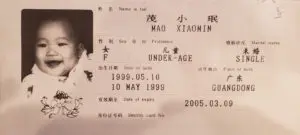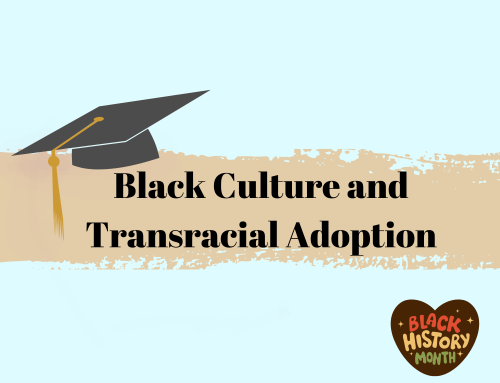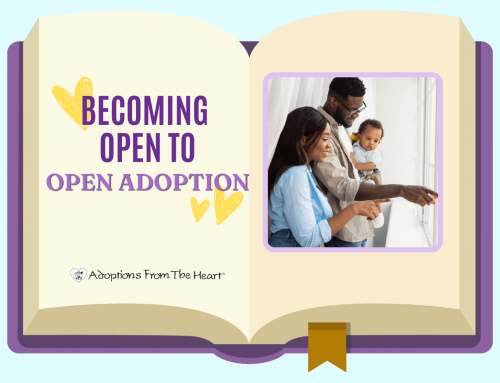Chinese adoptee Keri Friedman shares her adoption story and journey in navigating race and cultural identity growing up in America.
On March 10, 2000, my parents adopted me from Guangdong province, in Guangzhou city. I was placed at the doorsteps at the orphanage and spent about 11 months here until my family came to China to bring me home to the states along with six other beautiful baby girls who joined their adoptive families at the same time. My parents spend about two weeks in China before returning to the U.S.
When I was placed with my parents, I was told I was a very stubborn baby. I would not eat anything from my parents when they first got me, and after three days of not eating anything from them, they brought me to a Chinese doctor to see what was wrong. The doctor took one look at my chubby face and said, “Your baby is perfectly healthy; you have nothing to worry about.” That same day, my father held me while eating a pineapple cake, a popular Taiwanese dessert, and I looked up at him and reached for it, wanting a bite.

My mother is Taiwanese and came to the U.S. to receive her master’s degree in fine arts. My mom and dad had my older sister and wanted to have a second child but were unable to and decided to adopt. Growing up in a transracial family, I always knew that I was adopted; no one sat me down and told me that I was adopted. Having an older sister who is biologically related to my parents also helped me understand that I was adopted, but that never seemed to impact our loving relationship.
Both of my parents wanted my sister and I to be exposed to our Asian culture and heritage. By attending Chinese school on Saturday mornings and traveling to Taiwan every summer to visit my mother’s family, I learned about my Asian heritage, language, culture, and most importantly, be proud of my Asian identity. Through this, I felt a part of an Asian community where I did not stand out because of my race.
When I was younger, I wasn’t very self-aware or very “into” my adoptee identity or able to voice my thoughts and to feel about being adopted. But as I got older, figuring out who I wanted to be, I reflected a lot on these feelings that I have had since a young girl. In my family, I never felt out of place because of my adoption and full Chinese background. My mother being Taiwanese and a sister who was mixed Asian-American, provided a mirror for me. However, outside of the comfort of my home, I knew that I was different, and the first thing I would be seen as is a Chinese girl. And I won’t deny, I have struggled a lot with my appearance and battling Western beauty standards, but as I have grown up, I learned that there is beauty in being different. I continue to learn more about myself and reflect on my experiences as an international transracial adoptee.

When I was in high school, my parents sat me down and asked if I wanted to go back to the orphanage in Guangdong and visit the village I was from. I told them I was not prepared yet, as I was finishing my last year in high school and focused on starting college. It wasn’t that I did not want to visit, but I wanted to do so on my terms and when I felt ready to explore that part of my adoption. I had done my research to educate myself about the political climate in China when I was placed, and from learning about that, I knew that I was not the only Asian baby girl that was adopted during that time. I understood that a lot was happening at the time, and my birth parents made a conscious decision out of love and care to place me. With this, I never had issues with not knowing much about my birth parents or knowing that I might not search for them. And that is okay with me.
As I got older and was by myself in social contexts, I became a lot more aware of my Asian identity because people outside of my friends and family didn’t know I was adopted. To the outside world, I am seen as an Asian woman. When I was younger and encountering people outside of my circle, I would often be asked, “what are you?” as if I was not human. I would immediately respond, “I am Chinese, and I am adopted from China,” without recognizing the issue in their initial question. Today, when faced with questions about my racial identity, adoption, or growing up in America as an Asian adoptee, I respond with hope to educate and share my story and culture.
“What is it like to be adopted?” It’s no different. A family is created in love. My birth parents’ decision was out of love. As an international transracial adoptee, my culture and Asian heritage is something that I am proud of, embrace, and love to share with others. Education and sharing stories are a great way to understand experiences outside of your own, and I will always share mine.





